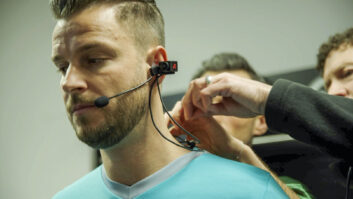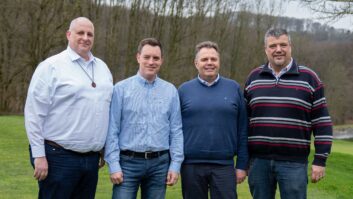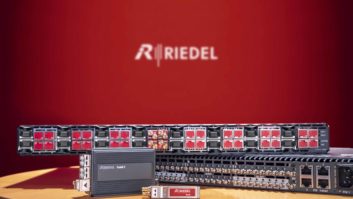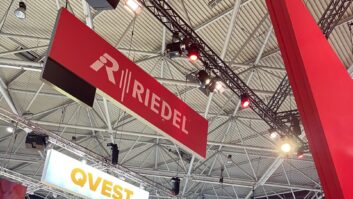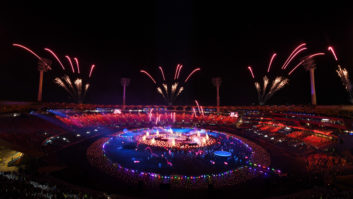Heading into IBC2014, we see that few industries develop so dynamically as broadcast, media, and entertainment. The direction seems to be very clear: IT. And while technology is changing the market, both manufacturers and users face new challenges.
Riedel has understood the need for a paradigm shift in terms of developing future integrated solutions for video and audio infrastructures, including the next generation of intercom solutions. Thus, we are offering flexible solutions for today’s and future standards in the broadcast environment that are perfectly matched to customer needs and expectations. In this way, we want to support this challenging paradigm shift to ensure a smooth transition for all our clients into the new world of broadcast IT.
As Riedel has always created sustainable value through technological leadership, all our current solutions are already based on IT-related architectures. At the same time, we continue to support all the legacy interfaces. With Riedel’s ‘plug and play’ feature set, customers will be able to continue operating our new systems like they do with our current gear. In this way, we are already introducing our customers, step by step, into this new world of IT-based media infrastructures.
The move towards such an infrastructure and more standardised hardware will help to reduce operational costs, enhance workflow efficiency, and create more networking opportunities. This will enable more powerful production and delivery environments without being restricted to any particular hardware platform.
It is all about flexible connectivity beyond any hardware limitations. There is no need for discussions about the right connectivity solution for audio and video signals in broadcast whether layer 1, layer 2 (such as AVB), or layer 3 (such as AES67 for audio or SMPTE 2022 for video). All of these standards have their raison d’etre, and we at Riedel are convinced that there are very good reasons for all three approaches and that they can perfectly coexist.
The question today is not about the standards’ availability to offer state-of-the-art broadcast solutions in the future. It is about how flexible systems should be designed to offer customers an integrated system approach with maximum connectivity options on their standard of choice. By supporting layer 1, 2, and 3 interfaces, we will integrate all three transport layers into one solution to maintain maximum flexibility and to achieve compatibility at the same time.
Riedel has the capabilities needed to solve any broadcast challenge of today and tomorrow. We are ready for the future and look forward to demonstrating this at this year’s IBC, especially with the new system boundaries breaking Tango platform and a new technology, based on a recent collaboration that will change the market.
Our goal is to make our customers’ investments safe and to support them on their path towards the brave new world of IT-based media infrastructures.


